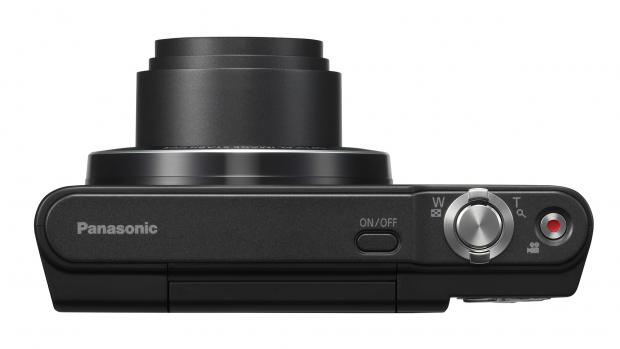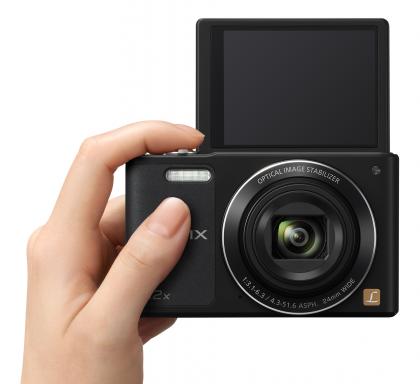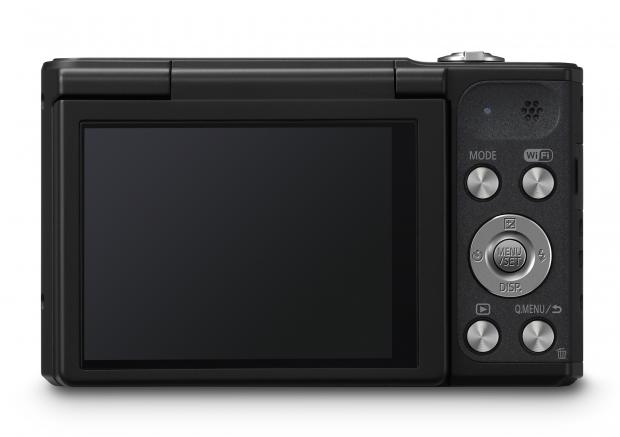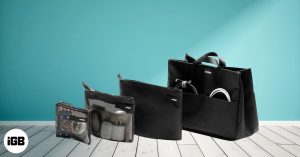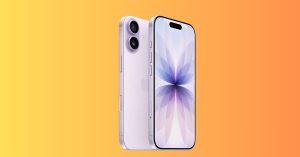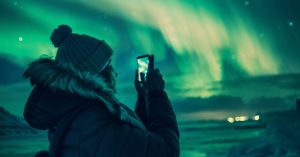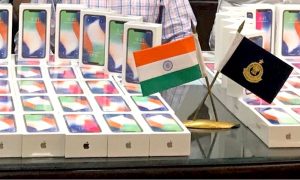Panasonic SZ10 review
There are far fewer compact cameras around these days, as most people just use their smartphones for casual snaps. There’s still a place for a dedicated camera, though, as long as it can offer something over and above what a decent smartphone can do.
The Panasonic SZ10 makes its mark with a 12x optical zoom and a screen that can flip up and over for self-portraits. Selfie mania shows no sign of abating, and this camera means you don’t have to rely on the basic front-mounted camera on your phone. It also benefits from an unusually wide 24mm (equivalent) minimum focal length, so you can pack lots of friends into the frame. Meanwhile, the 288mm (equivalent) maximum focal length means you can capture distant subjects in far greater detail than any fixed-zoom smartphone.
Flipping the screen over switches the camera into a Self Shot mode with various functions available. A Soft Skin effect is applied, and there are options to blur the edges of the frame and even to stretch the image for a wholly unconvincing Slimming effect. A three-second self-timer gives you time to don your most demure pout and there’s an option to capture up to four photos in a row without having to repeatedly press the shutter button.
Wi-Fi enables wireless transfers to iOS and Android devices, and also to a PC across a home Wi-Fi network. It can take a while to configure it – there’s no NFC for automatic configuration – but History and Favorites options in the Wi-Fi menu make revisiting settings easy and quick. There’s comprehensive remote control from the app too, including the ability to move the autofocus point by touching the screen – something that’s not possible on the camera itself. It’s just the thing for times when your arm isn’t long enough for a particularly large group portrait.
Beyond that, the features start to thin out. The screen is relatively small at 2.7in across, there’s no HDMI output and battery life is just 200 shots. There’s no orientation sensor so portrait-shaped photos must be rotated manually. Video capture is limited to 720p resolution in MJPEG format, which generates much larger files than the more common AVC format. Clips are limited to eight minutes and 40 seconds.
Performance was disappointing, taking 3.4 seconds between shots on average. Burst shooting was at a leisurely 1.1fps and the image on screen trailed a couple of frames behind the unfolding action. Autofocus speed was pedestrian and many of our test shots exhibited focusing errors.


